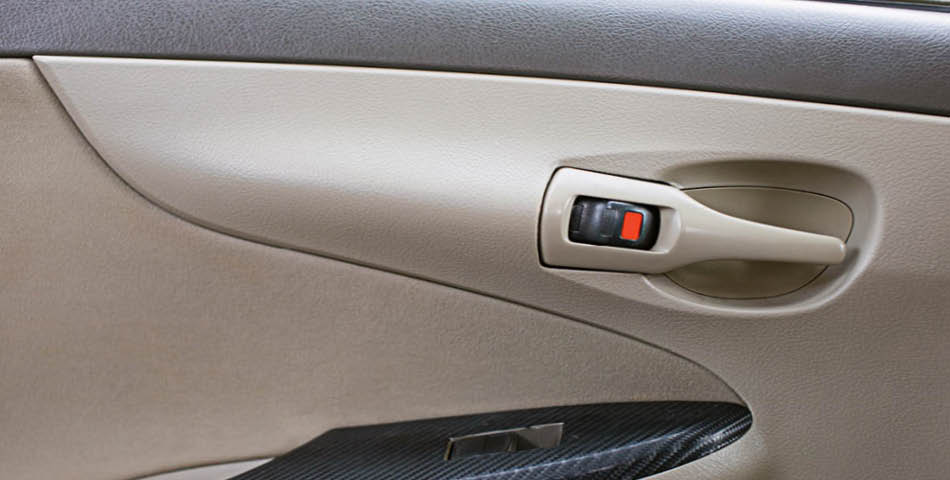
Lightweight Durability
Ideal for automotive interiors and packaging where strength meets weight reduction.
Americhem’s polyolefin compounds – including polypropylene (PP), polyethylene (PE), and thermoplastic polyolefin (TPO) – are engineered to meet the demands of industries requiring lightweight construction, chemical resistance, and recyclability. These polyolefin engineering thermoplastics are ideal for applications in automotive interiors, food-grade packaging, and water-repellent textiles.
Our custom polyolefin formulations offer enhanced durability, clarity, and processability, with additive options such as UV stabilizers, flame retardants, and antimicrobial agents. Whether you’re developing recyclable thermoplastic polyolefins or high-density polyethylene for automotive, Americhem delivers tailored solutions for performance-critical environments.
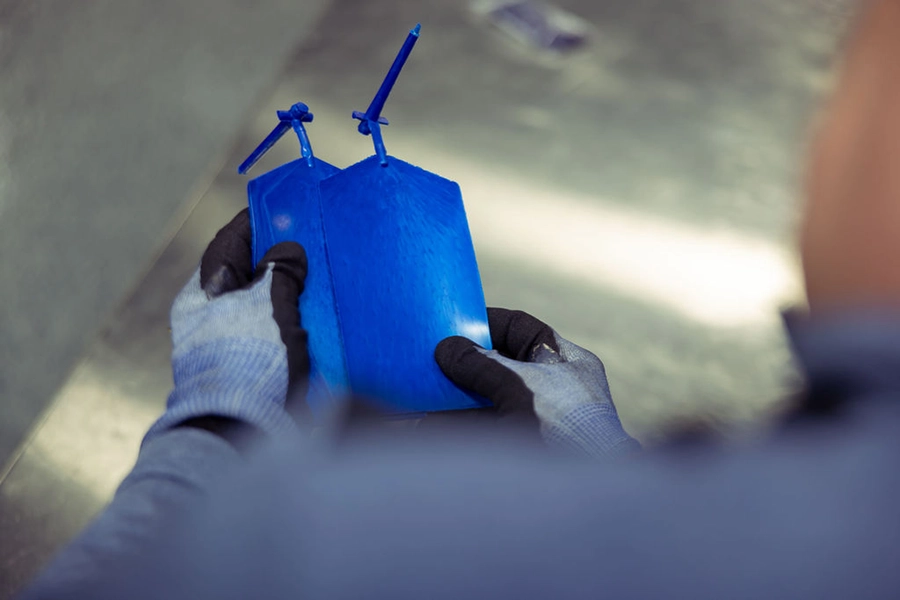
Engineered for performance, Americhem’s polyolefin compounds deliver strength, clarity, and sustainability across demanding industries.
Americhem’s polyolefin compounds – including polypropylene (PP), polyethylene (PE), and thermoplastic polyolefin (TPO) – are engineered for performance-critical environments. These chemical-resistant polyolefin resins offer lightweight strength, clarity, and sustainability across industries.

Ideal for automotive interiors and packaging where strength meets weight reduction.
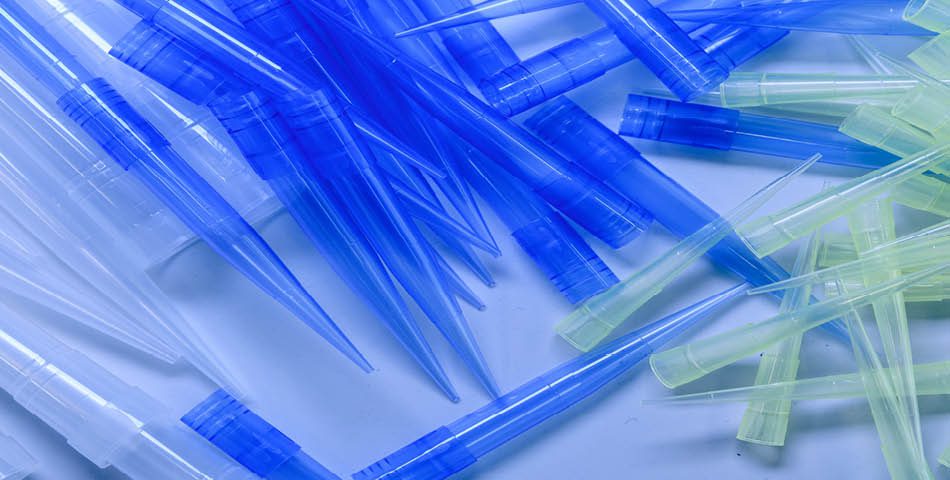
Polypropylene and polyethylene resins withstand harsh industrial and cleaning agents.
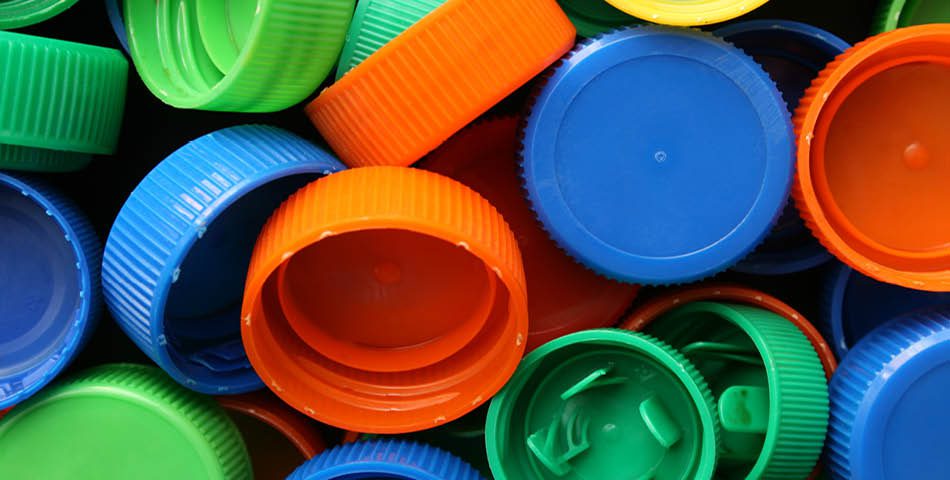
Eco-friendly polyolefin compounds support sustainable manufacturing and circular design.
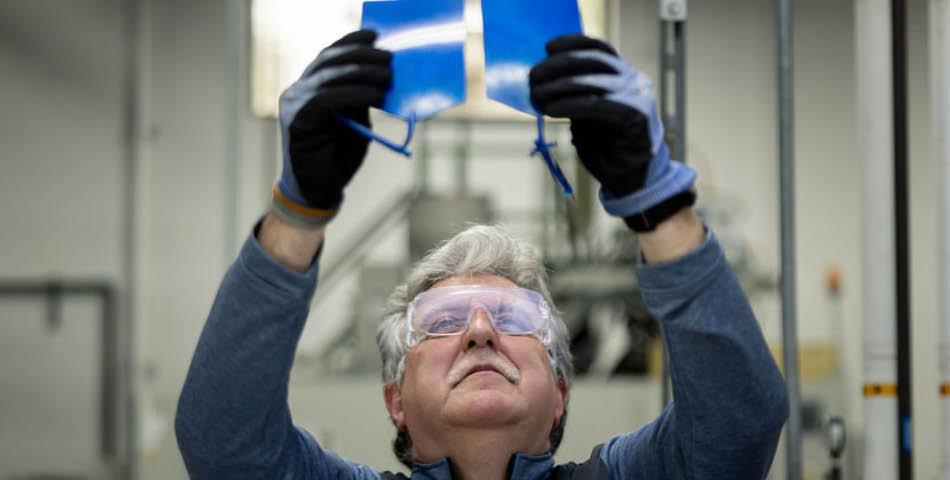
Tailored polyolefin masterbatch solutions for precise aesthetic and branding needs.
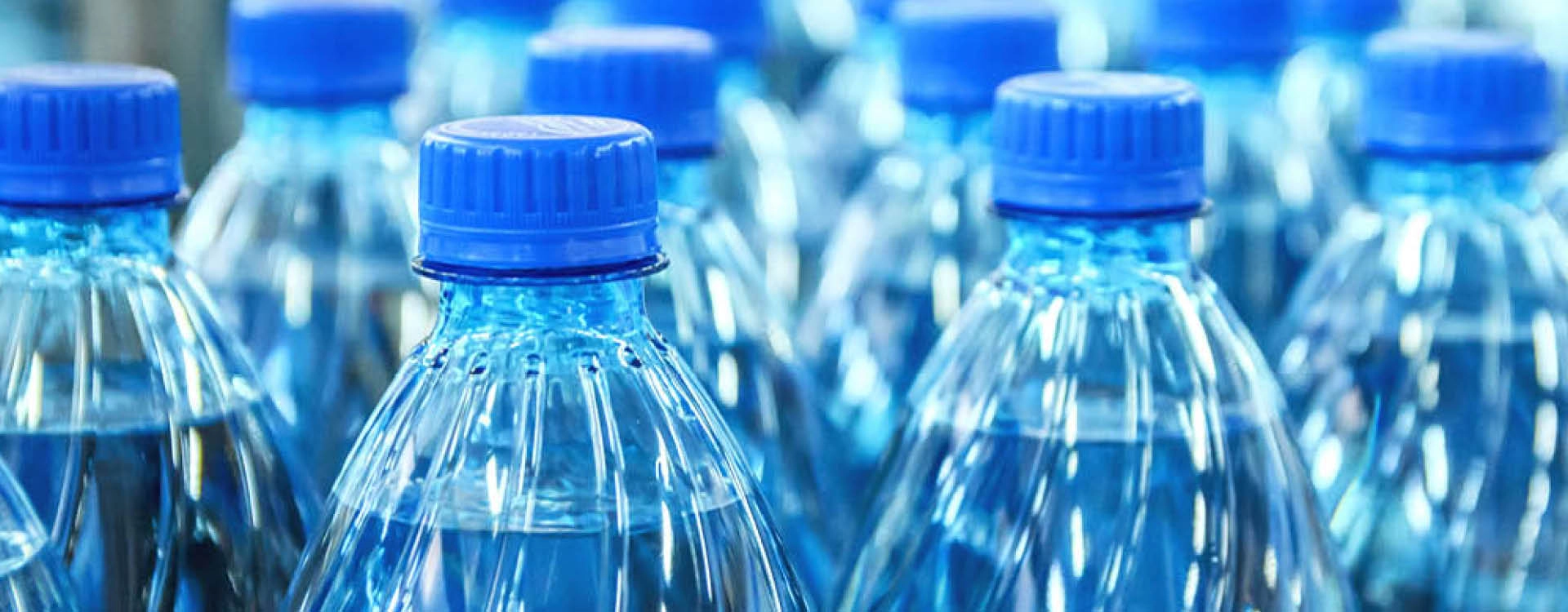
Real materials. Real timelines. Real results. Partner with a team known for technical expertise, consistent quality, and customized solutions that perform in the real world.